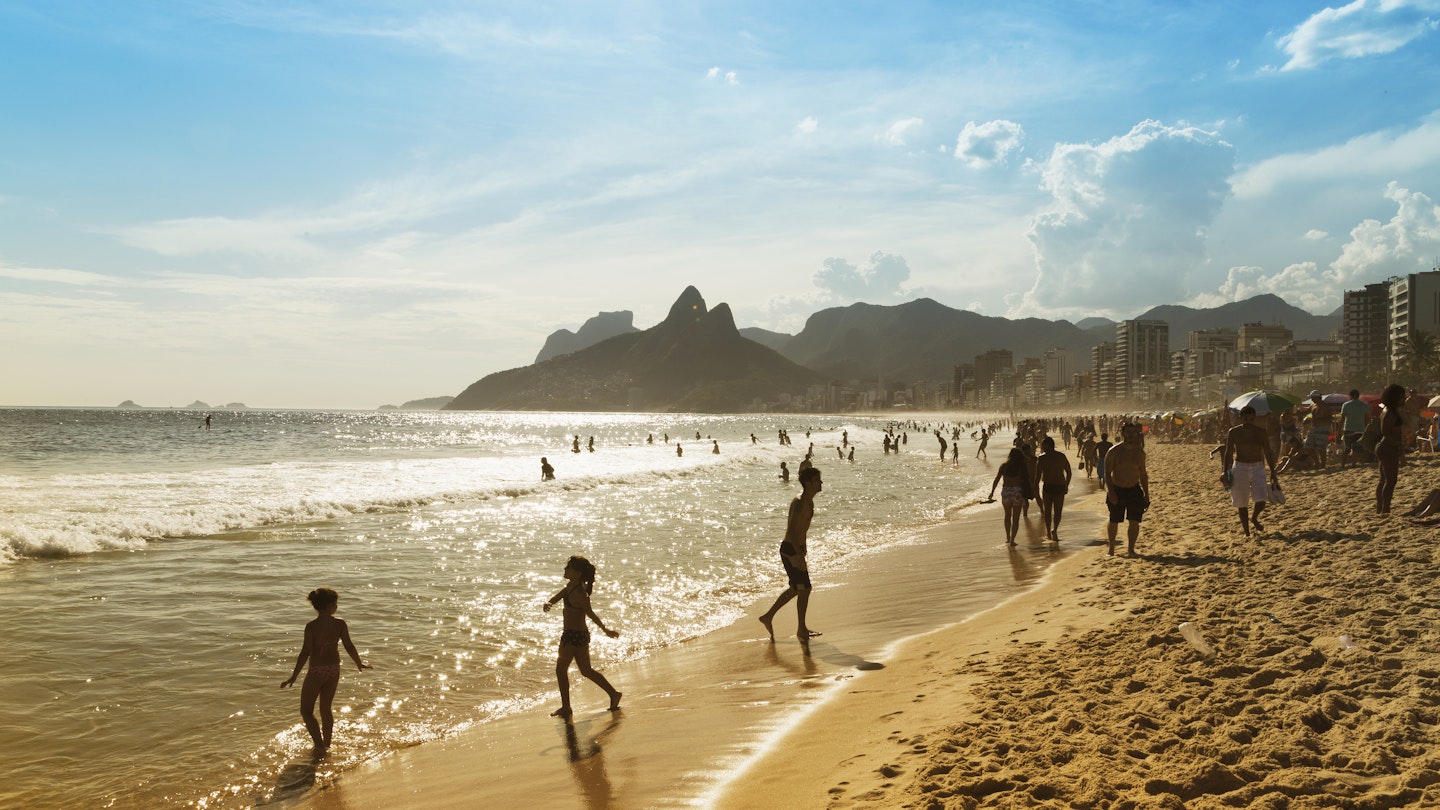Rio de Janeiro’s Beaches: A Clean-Water Revolution
Rio de Janeiro’s beaches rank among the world’s most beautiful, with glittering waters hugging Brazil’s coast beneath the majestic mountains of Guanabara Bay. However, the region has faced severe pollution challenges, rendering the waters unsafe for swimming. Fortunately, recent clean-up efforts are beginning to change this narrative.
Recent Water Quality Improvements
In late September, water samples analyzed by Rio de Janeiro’s State Environment Institute (INEA) indicated that all of the capital city’s beaches were temporarily suitable for swimming—the first time this has happened since the INEA began posting bathing bulletins in 2007. This significant update in water quality is a cause for celebration among locals, who have witnessed human sewage and industrial waste transform miles of pristine coastline into toxic landfills over the years.
Experts Weigh In
Biologist Alex Turra, a professor at the Oceanographic Institute of the University of São Paulo, attributes the improvement in water quality to two primary factors. First, the lack of rainfall in September has limited the entry of street pollution into the ocean. Secondly, local sanitation efforts, led by Águas do Rio, a private company, have played a critical role since they began cleaning up the area in 2021. Dr. Turra emphasizes the importance of sustained efforts to ensure the continual improvement of water quality.
A Brief History of Rio de Janeiro’s Waterfront
When Portuguese colonizers first arrived in present-day Rio de Janeiro in 1502, they encountered a lush paradise with thriving indigenous communities living harmoniously with the landscape. However, as the city’s population grew, the once vibrant ecosystem began to deteriorate. The area became notorious for its polluted waters, especially during the 2016 Summer Olympics when athletes reported witnessing distressing scenes of debris and untreated sewage in Guanabara Bay.
The Ongoing Challenges
One of the most pressing issues facing Rio’s water system is the inadequate treatment of sewage. Dr. Turra estimates that approximately 30% of wastewater remains untreated, adding to the pollution of rivers, streams, and bays. Moreover, the government’s attempts to address these sewage problems have consistently failed due to short-term interests outweighing long-term strategies necessary for waterway rehabilitation.
The Clean-Water Revolution
In 2021, state authorities privatized Rio’s water-and-sewage utility service, granting Águas do Rio a 35-year contract to oversee sanitation services across 27 cities, including much of the capital. Dr. Turra believes this privatization could offer a much-needed consistency in service that has been lacking. Over the past two years, Águas do Rio has prioritized fixing existing water and sewage infrastructure, eliminating significant sources of pollution into the beaches.
Visiting Rio’s Beaches
Despite ongoing pollution challenges, Rio’s beaches remain incredibly alluring. Many locals and visitors are passionate about swimming, jogging, and engaging in water sports along these stunning shores. Dr. Turra, a fan of Ipanema Beach, praises the fantastic waves and beautiful scenery, while other areas like Recreio dos Bandeirantes offer surfing opportunities with sugar-white sands.
Furthermore, it’s essential to recognize the environmental treasures within Guanabara Bay. Various protected areas, filled with mangroves, harbor endangered species and serve as reminders of the region’s ecological significance. The future of Rio’s beauty and its beaches may indeed be bright if sustained efforts continue to prioritize the environment and public health.




